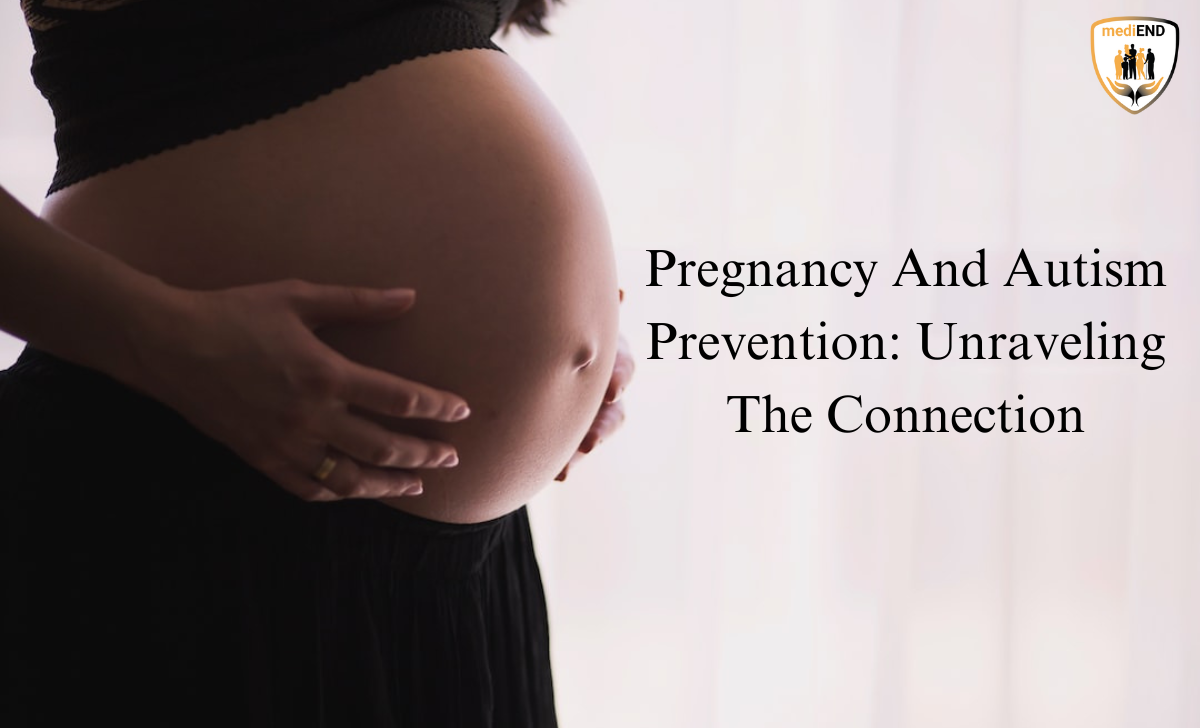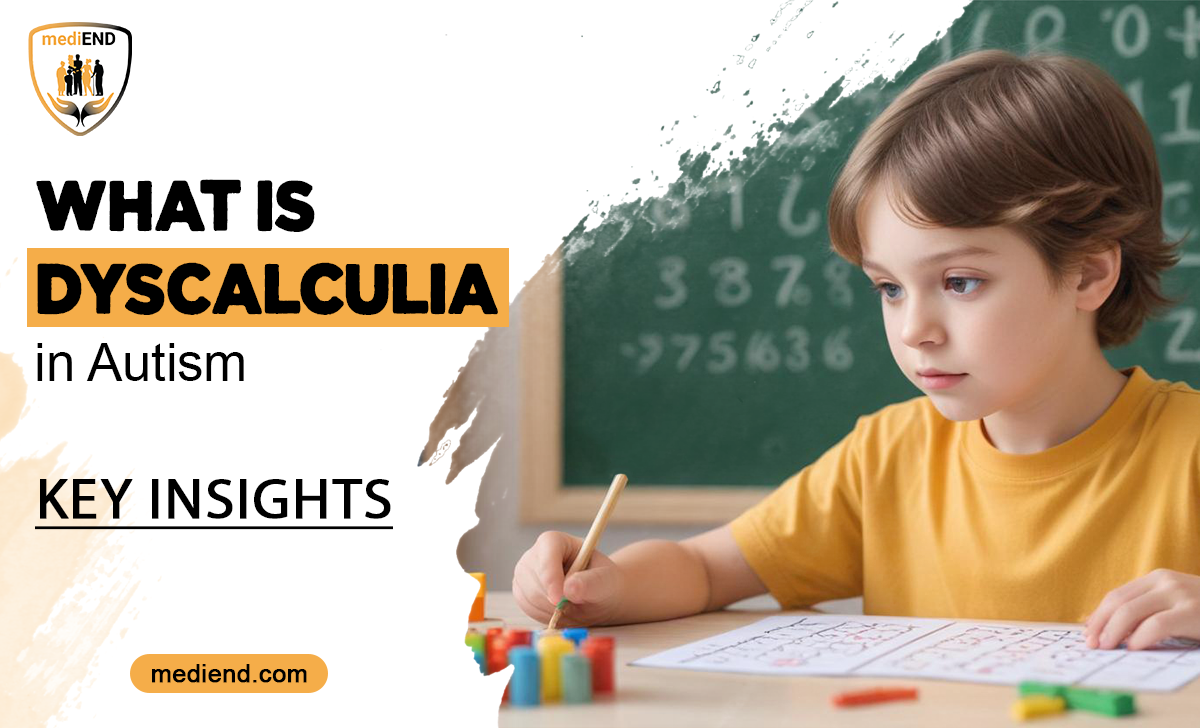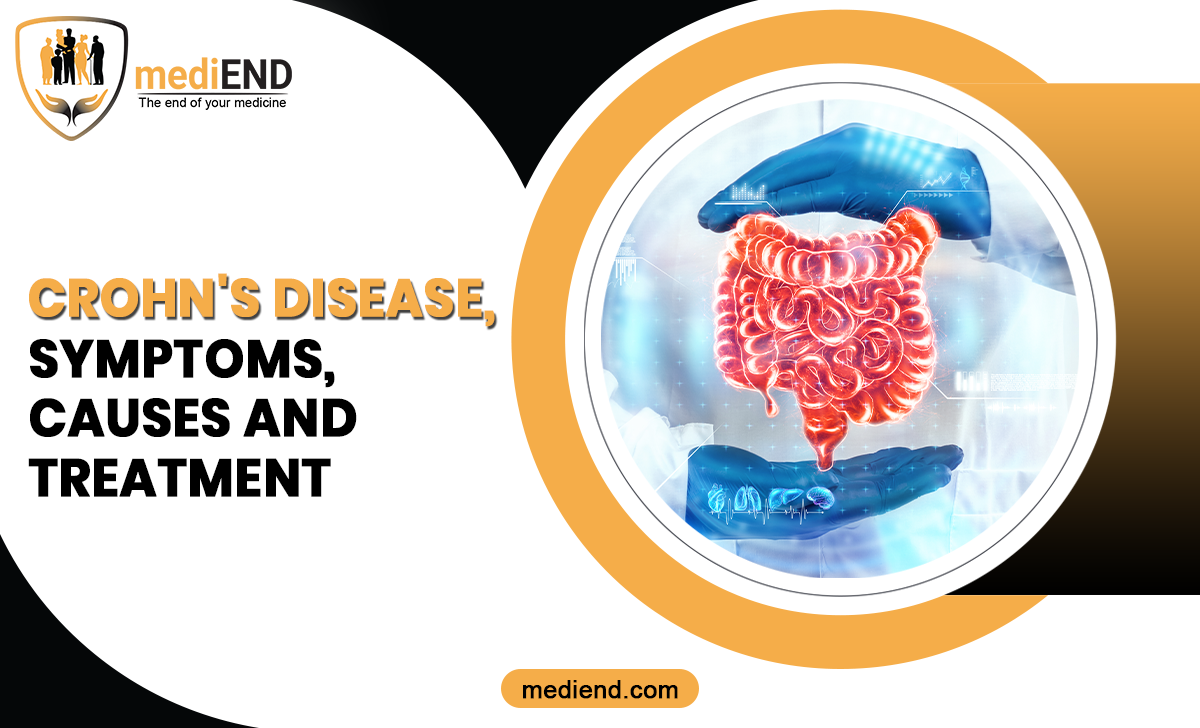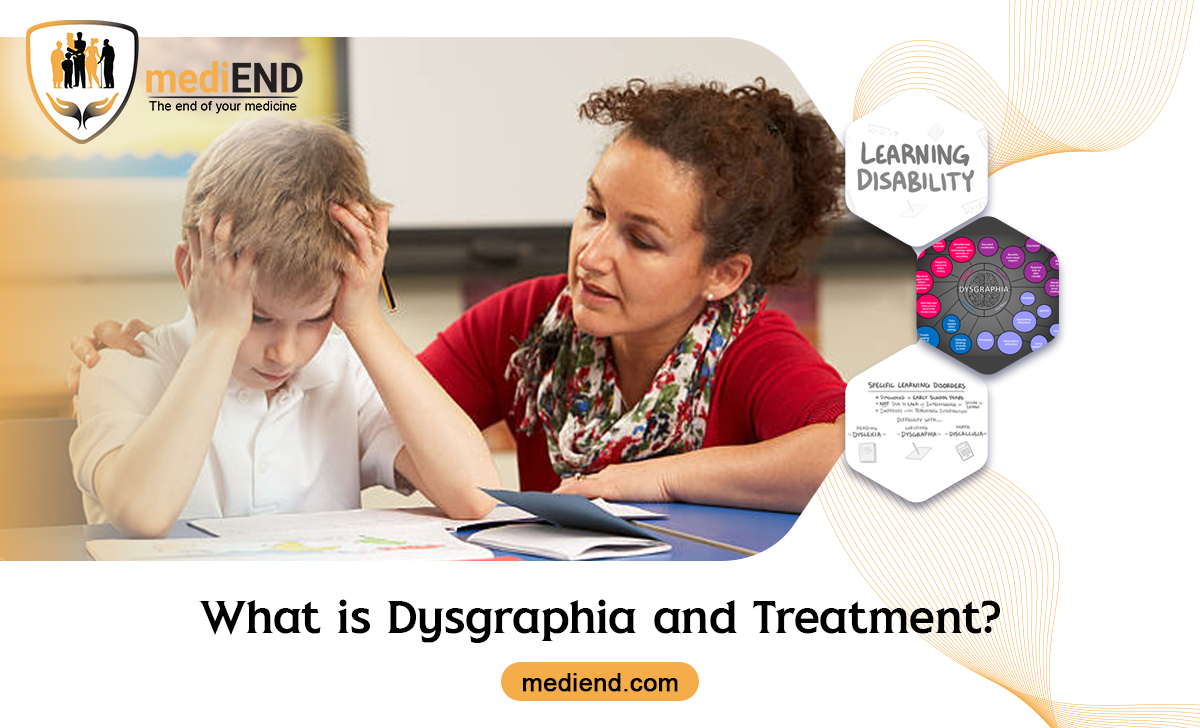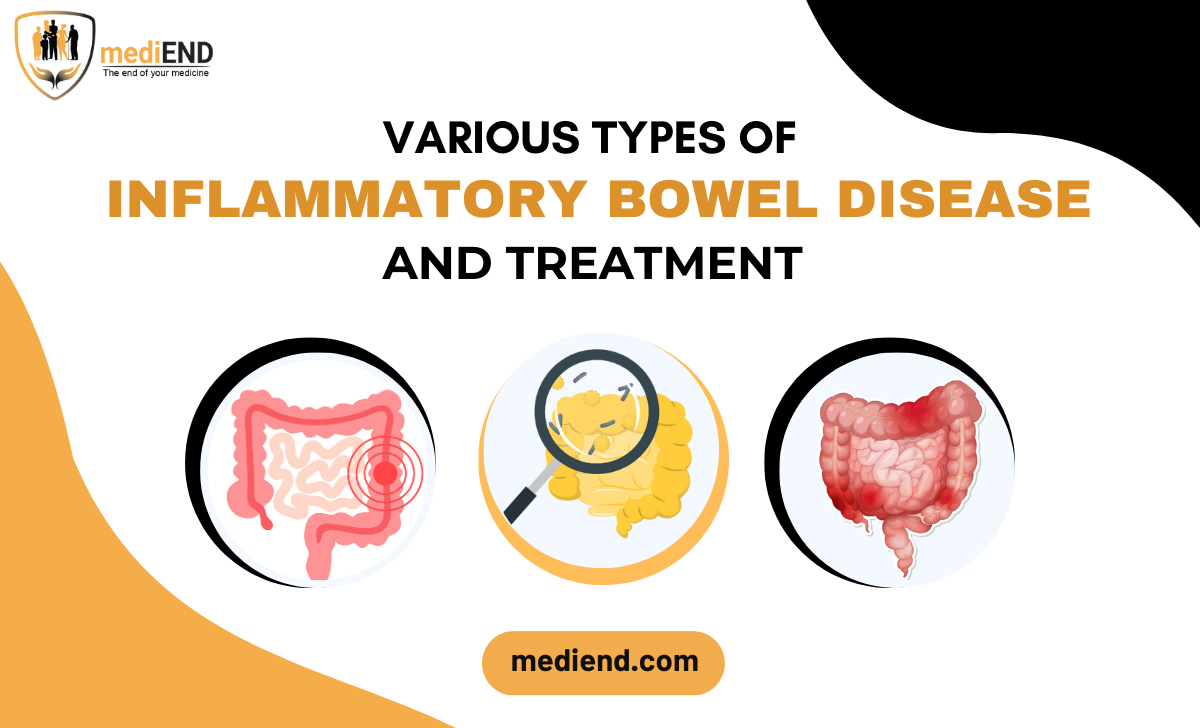Introduction
Welcome to the world of autism prevention and the
fascinating connection with pregnancy. As we continue to learn more about this
developmental disorder, it becomes increasingly important to understand the
role of pregnancy in its prevention. With a growing number of children being
diagnosed with autism, it is crucial for us to explore effective prevention
methods for the well-being of future generations.
In this article, we will delve into the connection between pregnancy and autism, and how a multipathy approach can play a significant role in preventing this disorder. As we unravel the potential factors that contribute to autism, we will also shed light on the importance of proper nutrition during pregnancy and the role of parents and caregivers in creating a supportive environment for at-risk children. Let's dive in and explore the effectiveness of a multipathy approach in preventing autism.
The Connection Between Pregnancy and Autism
There has been a growing interest in the connection
between pregnancy and autism, and for good reason. Studies have shown that
there are potential factors during pregnancy that may contribute to the
development of autism in children. These factors include genetics, as well as
environmental influences such as maternal infections and exposure to toxins.
However, the exact link between pregnancy and autism is still not fully
understood and requires further research.
It is important to understand this connection for the
well-being of future generations. By identifying and addressing any potential
risk factors during pregnancy, steps can be taken to prevent or reduce the
likelihood of autism in children. This is where the multipathy approach comes
in.
The multipathy approach is a holistic approach to autism prevention that involves addressing various aspects of a child's development, including nutrition, therapy, and early intervention. By taking a comprehensive approach, we can potentially reduce the risk of autism in children who are at a higher risk. In the following sections, we will explore the different elements of this approach and its potential for preventing autism in at-risk children.
The Multipathy Approach to Autism Prevention
The multipathy approach is a comprehensive and holistic
approach to preventing autism. It involves addressing various factors that may
contribute to the development of autism in at-risk children. This approach
includes elements such as nutrition, therapy, and early intervention, which
work together to promote the overall well-being and development of the child.
Through targeted nutrition, children are provided with
essential nutrients and foods that have been linked to lower risk of autism.
Therapy helps to support the child's social and emotional development, while
early intervention can identify and address any developmental delays or
concerns. By combining these elements, the multipathy approach aims to create a
strong foundation for the child's development and reduce the risk of autism.
With the potential of this approach in mind, it is crucial for parents and caregivers to understand and implement it in their homes. By creating an environment that supports the child's development, providing a healthy diet, and seeking early intervention and therapy when needed, we can work towards preventing autism in future generations. The multipathy approach offers a promising path towards a brighter future for at-risk children, and further research and support are needed to continue exploring its effectiveness.
Nutrition and Autism Prevention During Pregnancy
During pregnancy, proper nutrition plays a crucial role
in the prevention of autism. Studies have shown that certain nutrients and
foods have been linked to a lower risk of autism in children. These include
folic acid, vitamin D, omega-3 fatty acids, and a diet rich in fruits,
vegetables, and whole grains. A well-balanced and healthy diet during pregnancy
is essential for the development of the baby's brain and can significantly reduce
the risk of autism.
To ensure a healthy diet, pregnant women should consume a
variety of nutrient-dense foods, limit processed and high-sugar foods, and stay
hydrated. It is also recommended to take prenatal vitamins, including folic
acid, to support the baby's growth and development. Additionally, consulting
with a healthcare provider or a registered dietitian can provide personalized
recommendations for a healthy diet during pregnancy.
Proper nutrition during pregnancy is not only beneficial for the baby's development but also for the mother's overall health. A healthy and balanced diet can also reduce the risk of other pregnancy complications, such as gestational diabetes and preeclampsia. Therefore, it is essential for expectant mothers to prioritize their nutrition for the well-being of themselves and their baby, including the prevention of autism.
The Role of Parents and Caregivers in Autism Prevention
Parents and caregivers play a crucial role in preventing
autism in at-risk children. It is important for them to create a supportive
environment that promotes the child's development and well-being. This can
include providing a balanced and nutritious diet, engaging in early
intervention therapies, and creating a safe and stimulating home environment.
Implementing the multipathy approach can also be
beneficial for parents and caregivers in preventing autism. This approach
involves a combination of different elements such as proper nutrition, therapy,
and early intervention, which can all be implemented at home. By working
closely with healthcare professionals and following recommended practices,
parents and caregivers can significantly lower the risk of autism in their
children.
In addition, parents and caregivers should also stay educated and informed about the latest research and developments in autism prevention. By staying proactive and involved, they can provide the best care and support for their child's development, ultimately contributing to the prevention of autism.
Conclusion
In conclusion, the connection between pregnancy and
autism prevention is a complex and ongoing topic that requires further research
and understanding. However, a multipathy approach shows great potential in
reducing the risk of autism in at-risk children. By focusing on nutrition,
therapy, and early intervention, this approach offers a holistic and
comprehensive approach to preventing autism. As such, it is crucial for parents
and caregivers to play an active role in implementing this approach in their
homes and creating an environment that supports the development of at-risk
children. With proper support and education, we can work towards a future where
autism is prevented and future generations can thrive. Let us continue to
support and invest in the multipathy approach for the well-being of our
children and society.

